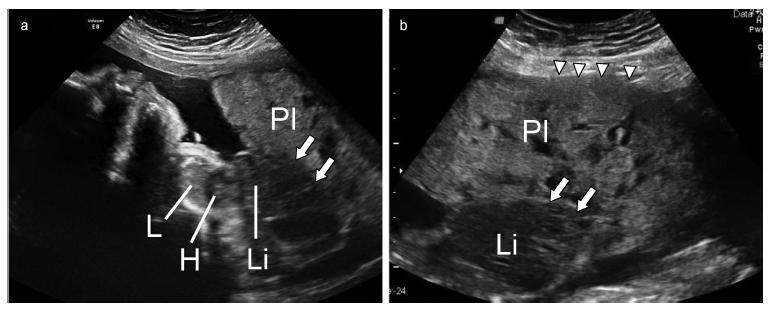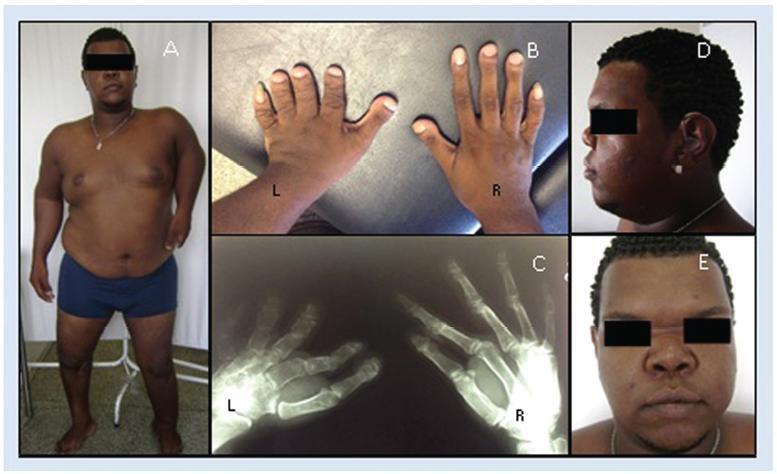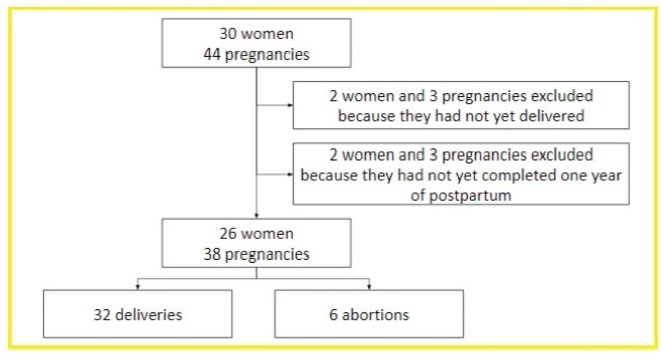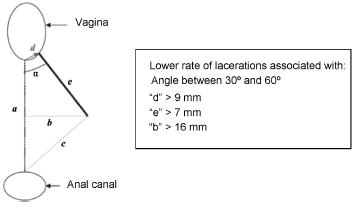-
Letter to the Editor07-27-2021
Vaccine for Covid-19 and Pregnant Women
Revista Brasileira de Ginecologia e Obstetrícia. 2021;43(6):490-491
Abstract
Letter to the EditorVaccine for Covid-19 and Pregnant Women
Revista Brasileira de Ginecologia e Obstetrícia. 2021;43(6):490-491
Views147Dear Editor, We would like to share ideas on “We have Vaccine for Covid-19! What to Recommend for Pregnant Women?”1 Quintana1 concluded that “The final decision whether or not to receive the vaccine will be made by the woman after receiving the appropriate information. This same principle applies with even greater emphasis to puerperal and […]See more -
Letter to the Editor07-27-2021Revista Brasileira de Ginecologia e Obstetrícia. 2021;43(6):490-491
Abstract
Letter to the EditorRevista Brasileira de Ginecologia e Obstetrícia. 2021;43(6):490-491
-
Letter to the Editor07-27-2021
The Possible Contribution of being Born by Cesarean Section to Developing Childhood Overweight and Obesity in Later Life
Revista Brasileira de Ginecologia e Obstetrícia. 2021;43(6):487-489
Abstract
Letter to the EditorThe Possible Contribution of being Born by Cesarean Section to Developing Childhood Overweight and Obesity in Later Life
Revista Brasileira de Ginecologia e Obstetrícia. 2021;43(6):487-489
Views123IntroductionObesity is now a major global epidemic. In 2016, 39% of adults worldwide ≥ 18 years old were overweight, and 13% were obese, as reported by the World Health Organization (WHO). This current scenario is compounded in high-income countries such as the United States, where 31% of the population has a body mass index (BMI) […]See more -
Review Article07-27-2021
Morphology and Biochemistry of Ovulation Morfologia e bioquímica da ovulação
Revista Brasileira de Ginecologia e Obstetrícia. 2021;43(6):480-486
Abstract
Review ArticleMorphology and Biochemistry of Ovulation Morfologia e bioquímica da ovulação
Revista Brasileira de Ginecologia e Obstetrícia. 2021;43(6):480-486
Views336See moreAbstract
The process of ovulation involves multiple and iterrelated genetic, biochemical, and morphological events: cessation of the proliferation of granulosa cells, resumption of oocyte meiosis, expansion of cumulus cell-oocyte complexes, digestion of the follicle wall, and extrusion of the metaphase-II oocyte. The present narrative review examines these interrelated steps in detail. The combined or isolated roles of the folliclestimulating hormone (FSH) and luteinizing hormone (LH) are highlighted. Genes indiced by the FSH genes are relevant in the cumulus expansion, and LH-induced genes are critical for the resumption ofmeiosis and digestion of the follicle wall. A nonhuman model for follicle-wall digestion and oocyte release was provided.
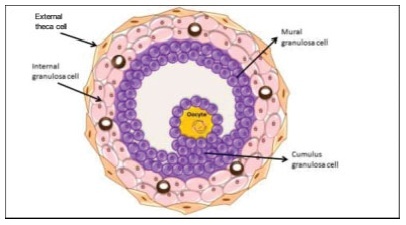
-
Original Article07-27-2021
Sexuality of Female Spina Bifida Patients: Predictors of a Satisfactory Sexual Function
Revista Brasileira de Ginecologia e Obstetrícia. 2021;43(6):467-473
Abstract
Original ArticleSexuality of Female Spina Bifida Patients: Predictors of a Satisfactory Sexual Function
Revista Brasileira de Ginecologia e Obstetrícia. 2021;43(6):467-473
Views203See moreAbstract
Objective
To assess the sexual function of women with spina bifida (SB), and to verify the factors that influence their sexual function.
Methods
A cross-sectional study in which a validated female-specific questionnaire was applied to 140 SB female patients from four different cities (Porto Alegre, Brazil; and Barcelona, Madrid, and Málaga, Spain) between 2019 and 2020. The questionnaires collected data on the clinical characteristics of SB, and female sexual function was assessed using the 6-item version of the Female Sexual Function Index (FSFI-6) validated to Portuguese and Spanish.
Results
Half of the patients had had sexual activity at least once in the life, but most (57.1%) did not use any contraception method. Sexual dysfunction was present in most (84.3%) patients, and all sexual function domains were impaired compared those of non-neurogenic women. The presence of urinary and fecal incontinence significantly affected the quality of their sexual activity based on the FSFI-6.
Conclusion
The specific clinical aspects of the SB patients, such as urinary and fecal incontinence, should be properly addressed by their doctors, since they are associated with reduced sexual activity and lower FSFI-6 scores in the overall or specific domains. There is also a need to improve gynecological care among sexually-active SB patients, since most do not use any contraceptive methods and are at risk of inadvertent pregnancy.
PlumX Metrics
- Citations
- Citation Indexes: 5
- Usage
- Full Text Views: 74
- Abstract Views: 13
- Captures
- Readers: 20
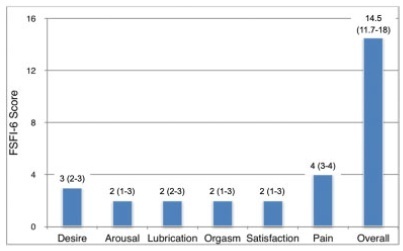
-
Original Article07-27-2021
Screening of Variants in the Transcript Profile of Eutopic Endometrium from Infertile Women with Endometriosis during the Implantation Window
Revista Brasileira de Ginecologia e Obstetrícia. 2021;43(6):457-466
Abstract
Original ArticleScreening of Variants in the Transcript Profile of Eutopic Endometrium from Infertile Women with Endometriosis during the Implantation Window
Revista Brasileira de Ginecologia e Obstetrícia. 2021;43(6):457-466
Views234See moreAbstract
Objective
Abnormalities in the eutopic endometrium of women with endometriosis may be related to disease-associated infertility. Although previous RNA-sequencing analysis did not show differential expression in endometrial transcripts of endometriosis patients, other molecular alterations could impact protein synthesis and endometrial receptivity. Our aim was to screen for functional mutations in the transcripts of eutopic endometria of infertile women with endometriosis and controls during the implantation window.
Methods
Data from RNA-Sequencing of endometrial biopsies collected during the implantation window from 17 patients (6 infertile women with endometriosis, 6 infertile controls, 5 fertile controls) were analyzed for variant discovery and identification of functional mutations. A targeted study of the alterations found was performed to understand the data into disease’s context.
Results
None of the variants identified was common to other samples within the same group, and no mutation was repeated among patients with endometriosis, infertile and fertile controls. In the endometriosis group, nine predicted deleterious mutations were identified, but only one was previously associated to a clinical condition with no endometrial impact. When crossing the mutated genes with the descriptors endometriosis and/or endometrium, the gene CMKLR1 was associated either with inflammatory response in endometriosis or with endometrial processes for pregnancy establishment.
Conclusion
Despite no pattern of mutation having been found, we ponder the small sample size and the analysis on RNA-sequencing data. Considering the purpose of the study of screening and the importance of the CMKLR1 gene on endometrial
PlumX Metrics
- Citations
- Citation Indexes: 1
- Usage
- Full Text Views: 64
- Abstract Views: 22
- Captures
- Readers: 11
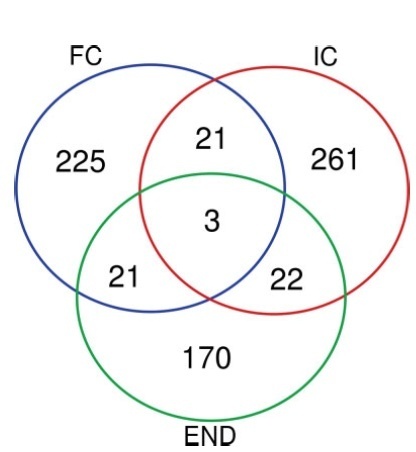
-
Original Article07-27-2021
Prenatal Diagnosis of Aberrant Right Subclavian Artery: Association with Genetic Abnormalities
Revista Brasileira de Ginecologia e Obstetrícia. 2021;43(6):452-456
Abstract
Original ArticlePrenatal Diagnosis of Aberrant Right Subclavian Artery: Association with Genetic Abnormalities
Revista Brasileira de Ginecologia e Obstetrícia. 2021;43(6):452-456
Views216See moreAbstract
Objective
The objective of the present study was to determine the frequency of malformations and chromosomal abnormalities in a population of fetuses with an aberrant right subclavian artery (ARSA).
Methods
This is a 6-year retrospective study of fetuses with a prenatal diagnosis of ARSA conducted during the period between September 2013 and June 2019 at a fetal medicine unit. Data were collected from ultrasound, fetal echocardiograms, genetic studies, and neonatal records.
Results
An ARSA was diagnosed in 22 fetuses. An ARSA was an isolated finding in 18 out of 22 cases (82%). Associated abnormal sonographic findings were found in 4 cases. All cases underwent invasive testing. In 1 of the cases, a chromosomal abnormality was detected (mos 45,X [13]/46,X,e(X) (p22.1q22.1)). No cases of congenital heart disease were found in any of these fetuses. There were two cases in which the postnatal evaluation revealed amalformation: one case of hypospadias and 1 case of cleft palate.
Conclusion
The presence of an isolated ARSA is benign and is not associated with chromosomal abnormalities. The finding of ARSA, however, warrants a detailed fetal ultrasound in order to exclude major fetal abnormalities and other soft markers.
PlumX Metrics
- Citations
- Citation Indexes: 3
- Usage
- Full Text Views: 66
- Abstract Views: 16
- Captures
- Readers: 14
-
Original Article07-27-2021
Prevalence and Determinants of Adequate Compliance with Antenatal Care in Peru
Revista Brasileira de Ginecologia e Obstetrícia. 2021;43(6):442-451
Abstract
Original ArticlePrevalence and Determinants of Adequate Compliance with Antenatal Care in Peru
Revista Brasileira de Ginecologia e Obstetrícia. 2021;43(6):442-451
Views290Abstract
Objective
To determine the adequacy of compliance with antenatal care (ANC) by pregnant women in Peru and to identify the associated factors.
Methods
An analytical cross-sectional study of data from the 2019 Peruvian Demographic and Family Health Survey (Encuesta Demográfica y de Salud Familiar, ENDES, in Spanish) was conducted. The dependent variable was adequate compliance with ANC (provided by skilled health care professionals; first ANC visit during the first trimester of pregnancy; six or more ANC visits during pregnancy; ANC visits with appropriate content) by women aged 15 to 49 years in their last delivery within the five years prior to the survey. Crude and adjusted prevalence ratios and their 95% confidence intervals were calculated using a log-binomial regression model.
Results
A total of 18,386 women were analyzed, 35.0% of whom adequately complied with ANC. The lowest proportion of compliance was found with the content of ANC (42.6%). Sociodemographic factors and those related to pregnancy, such as being in the age groups of 20 to 34 years and 35 to 49 years, havingsecondaryor higher education, belonging to a wealth quintile of the population other than the poorest, being from the Amazon region, not being of native ethnicity, having a second or third pregnancy, and having a desired pregnancy, increased the probability of presenting adequate compliance with ANC.
Conclusion
Only 3 out of 10women in Peru showed adequate compliancewith ANC. Compliance with the content of ANC must be improved, and strategies must be developed to increase the proportion of adequate compliance with ANC.
Key-words Cross-sectional studiesHealth surveysmaternal healthMaternal health servicesPeruPrenatal careQuality of health careSee more
Search
Search in:
Tag Cloud
Pregnancy (252)Breast neoplasms (104)Pregnancy complications (104)Risk factors (103)Menopause (88)Ultrasonography (83)Cesarean section (78)Prenatal care (71)Endometriosis (70)Obesity (61)Infertility (57)Quality of life (55)prenatal diagnosis (51)Women's health (48)Maternal mortality (46)Postpartum period (46)Pregnant women (45)Breast (44)Prevalence (43)Uterine cervical neoplasms (43)




